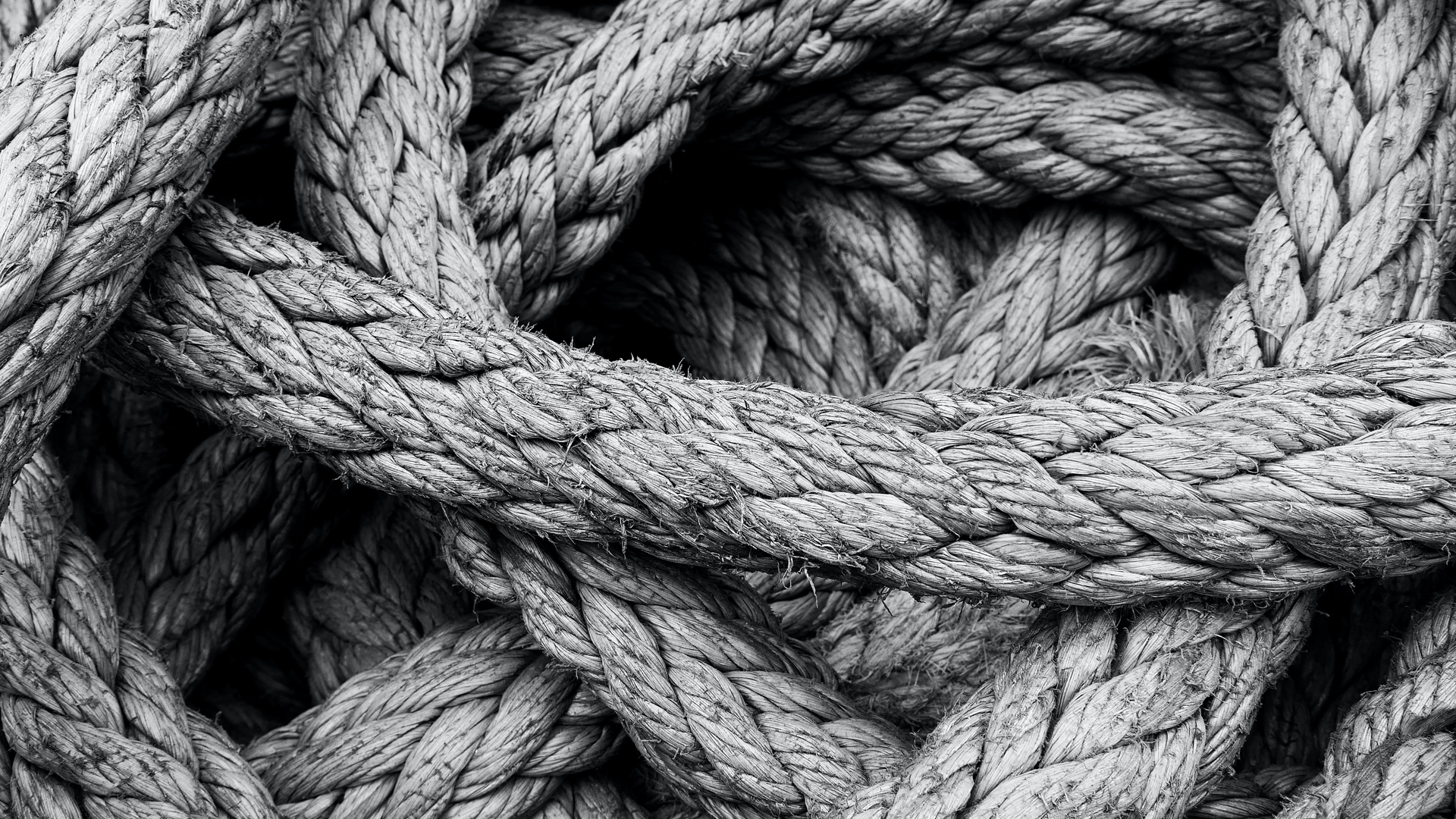The United Nations defines modern slavery as the recruitment, transportation, transfer, harbouring, or receipt of persons by improper means (such as force, abduction, fraud, or coercion) for an improper purpose, including forced labour or sexual exploitation. It takes on many forms today.
Forms of modern slavery
Here are the most common forms of modern slavery:
- Forced labour: Any work or services which people are forced to do against their will under the threat of some form of punishment.
- Bonded labour (also known as debt bondage): The world’s most widespread form of slavery, when people borrow money they cannot repay and are required to work to pay off the debt, then losing control over the conditions of both their employment and the debt.
- Human trafficking: Involves transporting, recruiting or harbouring people for exploitation, using violence, threats or coercion.
- Descent-based slavery: Where people are born into slavery because their ancestors were captured and enslaved; they remain in slavery by descent.
- Child slavery: Many people often confuse child slavery with child labour, but it is much worse. Child labour is harmful to children and hinders their education and development. Child slavery occurs when a child is exploited for someone else’s gain. It can include child trafficking, child soldiers, child marriage and child domestic slavery.
- Forced and early marriage: When someone is married against their will and cannot leave the marriage. Most child marriages can be considered slavery.
Modern slavery in numbers
- 40.3 million people are in modern slavery across the world
- 30.4 million people are in slavery in the Asia-Pacific region, mostly in bonded labour
- 16 million slavery victims are exploited in economic activities
- 10 million children are in slavery across the world
- 9.1 million people are in slavery in Africa
- 4.8 million people are forced into sexual exploitation
- 4.1 million People in slavery are exploited by governments
- 2.1 million people are in slavery in The Americas
- 1.5 million people are in slavery in developed economies
- 99% of people trafficked for sexual exploitation are women and girls
Indicators that may suggest someone is a victim of modern slavery
- Physical appearance: Signs of physical or psychological abuse. Malnourished or unkempt or appearing withdrawn and neglected. They may have untreated injuries.
- Poor living conditions: Living in dirty, cramped or overcrowded accommodation or living and working at the same address.
- Restricted freedom of movement: No identification documents and few personal possessions. Wearing the same clothes every day and the clothes they wear are not suitable for work. They have little opportunity to move freely, and travel documents, e.g. passports, are retained.
- Isolation: Rarely allowed to travel on their own and seem under the control or influence of others. Rarely interacting or appearing unfamiliar with their neighbourhood or where they work.
- Unusual travel times: Regularly dropped off and collected for work very early in the morning or late at night.
- Reluctant to seek help: Avoiding eye contact, appearing frightened or hesitant to talk to strangers and fearing law enforcers. Not knowing who to trust or where to get help. Fearing deportation or violence to them or their family.
What should I do if I suspect someone is being kept as a slave?
If you think someone is in immediate danger you should call 999 to report it. If there is no immediate threat, you can call the modern slavery helpline on 0800 0121 700.
www.endslaverynow.org
www.antislavery.org
http://www.mansfield103.co.uk
